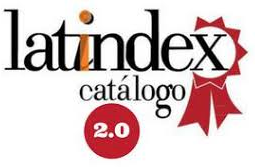The Image of Mother in Karakalpak Literary Discourse
DOI:
https://doi.org/10.47750/jett.2023.14.03.028Keywords:
mother, literary discourse, linguostylistic, lexical-semantic analysis, implicitness, modality, imagery, intertextuality, emotiveness.Abstract
The given article is dedicated to linguostylistic and lexical-semantic analysis of the image of mother in Karakalpak literary discourse. There are given concepts about literary discourse, also, opinions and points of view of some linguists. As the material of the research we used excerpts from the literary works of famous Karakalpak writer Tulepbergen Kaipbergenov. An analysis of the image of the mother in Karakalpak literature shows that, on the one hand, the mother is a key concept in the linguoculture of Karakalpaks, on the other hand, this concept is a socially and culturally significant concept, since it reflects the evaluative ideas of the Karakalpak ethnos.
Recently, the term “discourse” has become central in the humanities. It is widely used in such sciences as philosophy, sociology, political science, linguistics, etc. Discourse is the unity of the two essences of communication (the dynamic process of linguistic interaction between people) and text (that is, the product of communication). This dual unity makes it possible to study discourse both as a process and as an object.
In modern linguistics, discourse can be understood as: a text, the subject of a text, dialogue or communication, a dialogue or a polylogue, a set of speech acts, a speech situation.
In our research, we identify the image of the mother in the Karakalpak literary discourse. At present, the concept of “literary discourse”', despite numerous studies in this area, is not fully developed.








